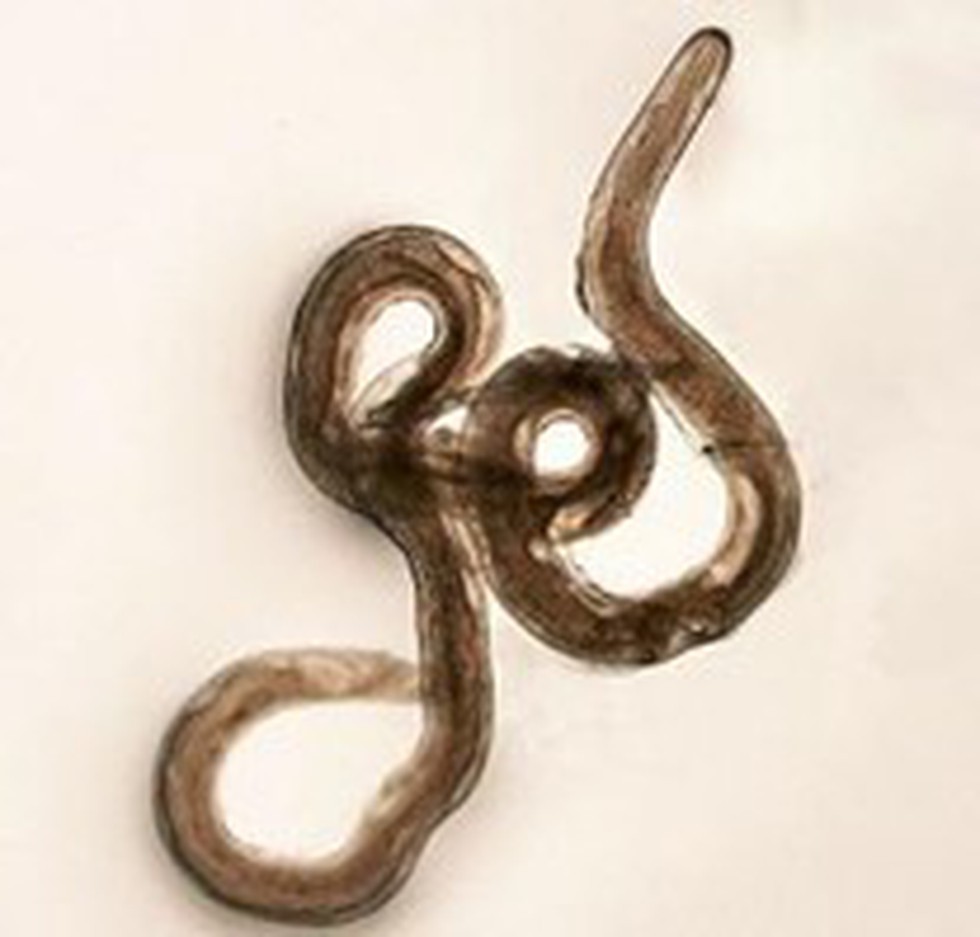About Angiostrongylus cantonensis:
- Angiostrongylus cantonensis, commonly known as the rat lungworm, is a parasitic nematode (roundworm) that infects rodents, particularly rats.
- It is typically found in Southeast Asia and the Pacific Islands, including Hawaii.
- While rats serve as the primary hosts for this parasite, humans and other animals, including snails and slugs, can become infected as incidental hosts.
- Transmission: It is spread through rat faeces and can infect humans and other animals through produce or other food items.
- Impact on Humans:
- Once inside a human, the worm could cause a rare brain infection known as eosinophilic meningitis.
- Symptoms can include headaches, still neck, tingling, fevers, vomiting, or painful feelings in the skin.
- Most infections resolve spontaneously over time without specific treatment because the parasite cannot survive for long in the human body.
- The worm can, in severe cases, cause coma or even death in humans, and can also infect pets.
- Treatment:
- There is currently no specific treatment for the parasite.
- The most common types of treatment are for the symptoms of the infection, such as pain medication for headache or medications to reduce the body’s reaction to the parasite.
